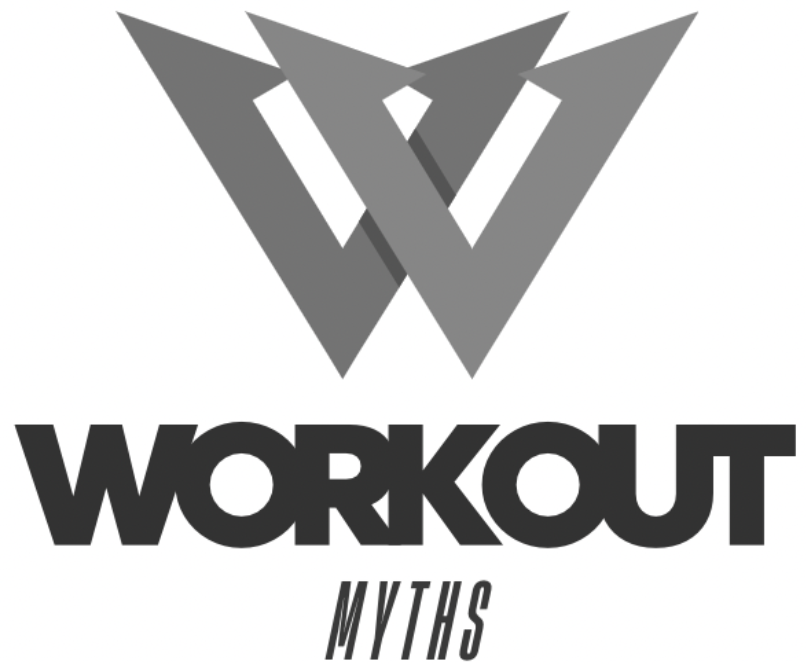Is The Anabolic Window 30 Minutes After a Workout?

You’ve probably heard it before: “If you want to build muscle, you need to eat right after your workout—within 30 minutes, or else…!!” This belief is known as the “anabolic window.” This concept—besides being the most misleading word ever—refers to the idea that there is a period after a workout in which your body absorbs protein and carbohydrates better and as a result, your muscles repair and grow faster. But does this window actually exist, or is it just another of the countless fitness myths out there?
Where the Anabolic Window Idea Came From
The idea that you need to eat right after working out came from early studies showing muscle benefits when protein was consumed immediately after exercise compared to a few hours after. One of these studies was conducted on dogs in 1997. They found that when dogs received a mix of protein and sugar right after a long run, their muscle-building was better than if they got it two hours later. However, these results were mostly seen with long cardio workouts, not with typical weightlifting or resistance training. In other words; it has been taken out of context—at least when we are talking about muscle growth after weight training.
When it comes to early research on weightlifting, the evidence is all over the place. One study in 2000 found that whether people were given a mixture of essential amino acids and sucrose one hour or three hours after a heavy leg workout, the muscle-building effects were the same. Muscle protein synthesis (the process through which your body repairs and builds new muscle proteins) increased by about 400% in both groups, showing that the timing didn’t make a difference. However, another study showed that eating before working out was actually better for muscle growth than eating right after. Confusing, right?
While these studies contradict each other, they do share one common point: none supports the idea that there is a magic 30-minute window right after resistance training where you must eat to maximize muscle growth.
The problem with these three studies is that they focused on short-term effects. However, short-term effects usually don’t provide the full picture.
Problems With Research
A common problem with research is that there are almost always overlooked limitations. It is (almost) impossible to get 100% accurate results unless you follow a large enough group of people over a long enough period of time and can be 100% sure that the participants follow the instructions to the point. This is virtually impossible due to the economical and time-consuming elements of it.
To illustrate our point we can look at a study conducted in 2007. In this study, older men in their 70s were split into two groups: one consumed protein right after their workout, and the other waited two hours.
After 12 weeks of resistance training, three times a week, the group that consumed protein immediately post-workout saw more muscle growth than the group that delayed.
On the surface, this study seems to support the myth of the magical 30-minute anabolic window. But if we dig down into the nitty-gritty of it all it is clear as day that this study had significant limitations.
For starters, it only had 13 participants—7 who took protein right after their workout and 6 who waited 2 hours. With such a small sample size, drawing a reliable conclusion is virtually impossible. While the protein dose given (10 grams) was way too low, the strangest of all was that the group who delayed protein saw no muscle growth at all, which goes against everything we know about muscle biology—making the study extremely questionable.
Timing Isn’t Everything. Consistency Is.
The myth of the anabolic window has persisted because it sounds logical and simple: eat right after exercise, and you’ll get stronger faster. Sounds like a quick fix, right? But the reality is that muscle growth depends more on what you do over days, weeks, and months, not just within 30 minutes after a workout. There are no shortcuts to muscle growth, at least not without performance-enhancing drugs.
Think of your muscles like a construction site. The protein you eat is the building material, and your body’s muscle repair process is the construction crew. Whether the crew gets the materials at 9 a.m. or 11 a.m. doesn’t really matter as long as they finish the job by the end of the day. Similarly, what’s most important is that your muscles get enough protein throughout the day, not just immediately after you exercise.
Total Protein and Nutrients
Research shows that eating between 1.6 to 2.2 grams of protein per kilogram of body weight per day is what really helps build muscle. This means that for a 70 kg (154 lbs) person, you’d aim for about 112-154 grams of protein daily, spread across your meals. The so-called anabolic window actually lasts much longer—newer research has found it to be 24 to 48 hours after your muscles have been stimulated. In other words: you don’t need to panic if you miss that immediate post-gym protein shake.
Conclusion
So, do you need to sprint and devour a chicken breast the second to drop the dumbells? Not really. Your muscles aren’t going to shrivel up and cry just because you didn’t eat within 30 minutes. Focus on maintaining a balanced diet, getting enough protein, and staying consistent with your workouts. There is no magical window in the fleeting moments after a workout. The real “magic window” is how you manage your nutrition, protein intake, and training over time.

One response
gktkgt